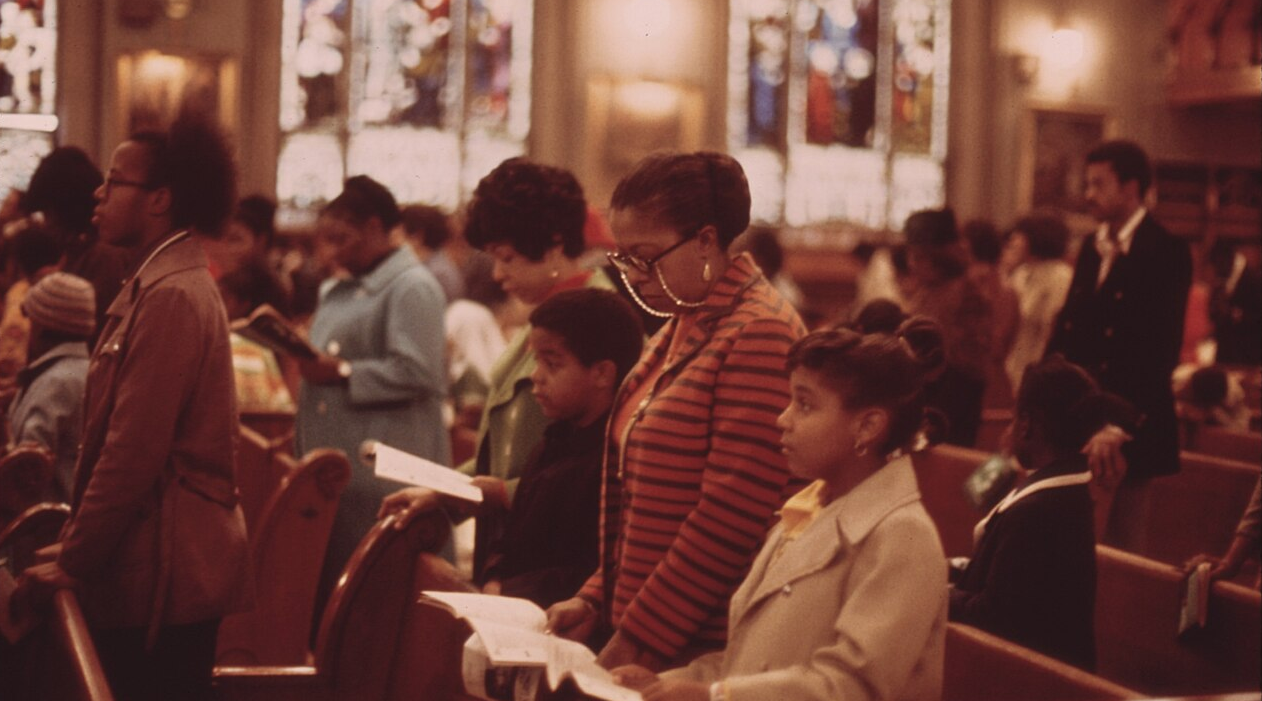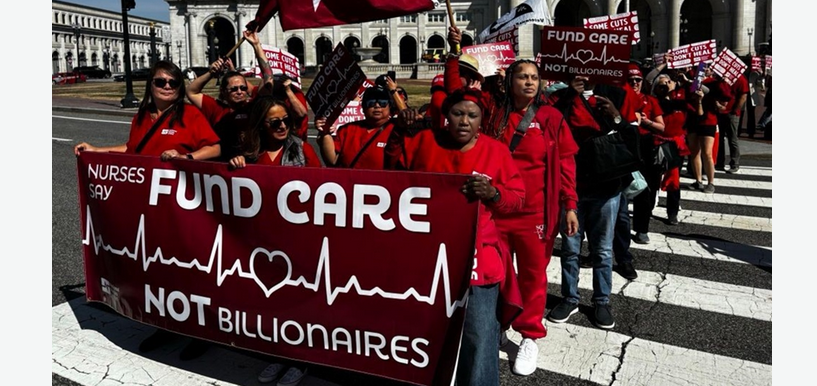This summer, everyone celebrated the 1963 March on Washington for Jobs and Freedom and the address of Dr. Martin Luther King Jr., in which he described a new, refined American Dream.
On Nov. 22, we noted two historic events. One is the 1863 dedication of the Gettysburg National Cemetery 150 years ago by President Abraham Lincoln, during which he also gave a new vision for America. Lincoln’s address clearly incorporated slaves into the American Dream by citing America’s founding documents proclaiming “all men are created equal,” and therefore government “of the people, by the people and for the people” could not be reconciled with slavery.
Dr. King highlighted those same words as a promise America makes to its citizens. A promise, he said, that was broken to African Americans. They both spoke of failures in democracy.
We also note the tragedy of President John F. Kennedy’s assassination 50 years ago. His death gives us a moment to reflect on our selective memory. Many want to treat that tragedy as America’s loss of innocence, but innocence was already lost. Earlier that year, Medgar Evers, a World War II veteran, was assassinated for his work on voters’ rights in Mississippi. And that fall, four young girls were murdered by a bomb set off during Sunday services at the 16th Street Baptist Church in Birmingham, Ala.
The Pew Research Center says in 1963, 69 percent of Americans were aware of the march and 63 percent of them thought poorly of it. Kennedy’s approval rating dropped from 70 percent in February to 59 percent in October, in large part because of his June speech introducing a Civil Rights Act.
This summer, the AFL-CIO hosted a March for Jobs and Freedom symposium to discuss and assess where we are today. My contribution to that was released in November by the Economic Policy Institute. In August 1963, the unemployment rate was 5.7 percent. It has been more than five years since America had an unemployment rate that low. Recalling our selective memory problem for 1963, I wondered how the 5.7 percent rate created such a huge demand for jobs and addressing unemployment.
Our policy frame shifted to tilt our sense of the possible. Kennedy’s Council of Economic Advisers’ (CEA’s) policy goal was to get unemployment down to 4 percent. Arthur Okun, a CEA senior economist at the time, understood the cost of unemployment in terms of lost output. His rule: A 1 percent increase in unemployment costs, 2 percent in lowered output. This was an era when full employment was considered important.
We began this year with the Congressional Budget Office estimating the size of our lost output from unemployment at close to $1 trillion-larger than our current fiscal deficit. If our economy was that much bigger, we would be receiving a lot more in tax revenue, and spending far less on unemployment insurance (UI) and Supplemental Nutrition Assistance Program (SNAP) support, so the fiscal deficit would be a lot smaller.
But last month, people receiving SNAP assistance saw benefit cuts, just in time for Thanksgiving; and, some will face Christmas with the threat their unemployment benefits will end Dec. 31. This misguided attempt to balance the budget by reducing customers for grocery stores can only make unemployment worse, moving us further from balancing the budget.
Five years after Lehman Brothers collapsed, the high-flying financial sectors’ effect on Main Street, Martin Luther King Jr. Boulevard and César Chávez Way remains. Our policy gridlock protecting demand while unemployment stays stuck above 7 percentage points to the need for a new set of policies that can avoid politics.
Policies like UI came from the lessons of the Great Depression. This downturn shows holes in what we are protecting. The demands for public services don’t fall because local revenues collapse. We still need good schools and police officers on the beat.
Yet we have hundreds of thousands of fewer teachers and police officers. If we want to avoid fights over how to pay for these things in downturns, we must come to new realizations. We cannot privatize the benefits of economic risk-taking without also creating policies that mitigate the costs of economic failures; so if financial gambling can boost our investment and growth, a financial transactions tax must cover the costs of economic collapse.
We must have automatic programs funded from that tax to keep our schools performing, our streets safe and people employed. Would a government of the people, by the people and for the people put so little emphasis on employment and so high an emphasis on the tax rates of the top 1 percent?
Follow Spriggs on Twitter: @WSpriggs







